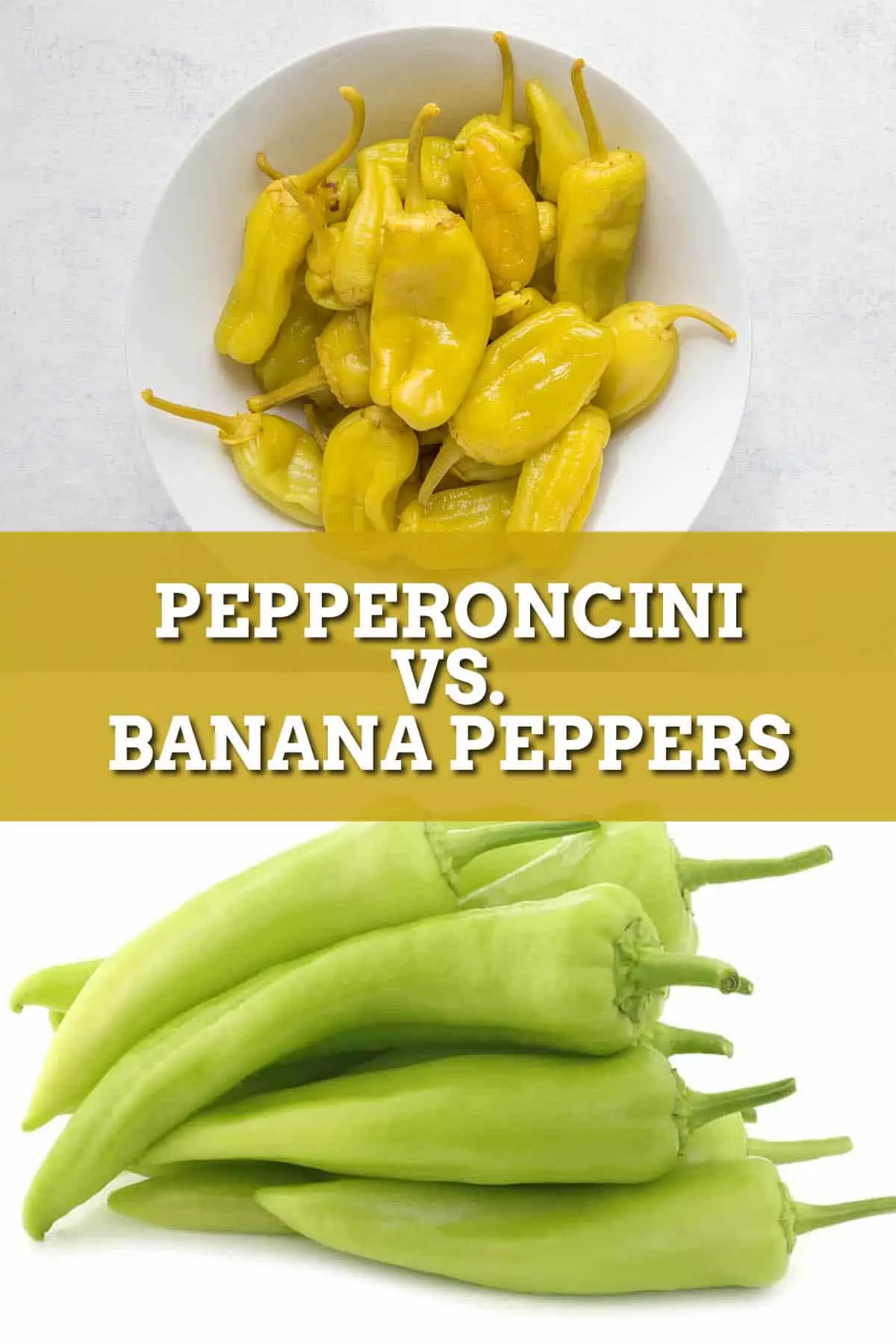The peppers look very much alike, with yellow-green waxy skin, and you’ll often find them in grocery stores in pickled form, though you can sometimes find them fresh. They are also quite similar in mild-tangy flavor and heat, which only adds to the confusion, and both belong to the same chili pepper family - capsicum annuum. When you really look at them, and taste them, however, you’ll notice a number of obvious differences. Let’s discuss. This means that even though the hottest of each pepper tasted side by side will have the same heat, the mildest banana pepper will still be milder in heat than the mildest pepperoncini.
SKIN DIFFERENCES: Pepperoncini skins are somewhat wrinkly and include more folds compared to banana pepper skin, which is much smoother. Banana peppers also have thicker walls, whereas pepperoncinis have thinner walls. SHAPE DIFFERENCES: Banana peppers have pointier ends than pepperoncinis, which have rounder bottoms. Also, banana peppers shape more closely resembles a banana, hence the name.
In terms of cooking with each pepper, you can use the pickled forms interchangeably. Both will offer a tangy crunch factor and can add zip to anything from charcuterie boards to topping pizza, sandwiches, tacos and nachos to snacking on them whole. For the fresh pods, banana peppers are better for stuffing because of their thicker walls. Pepperoncinis lend themselves more to chopping and eating either raw or cooked into dishes. Mike Hultquist – Author of “The Spicy Dehydrator Cookbook” and “The Spicy Food Lovers’ Cookbook“.
